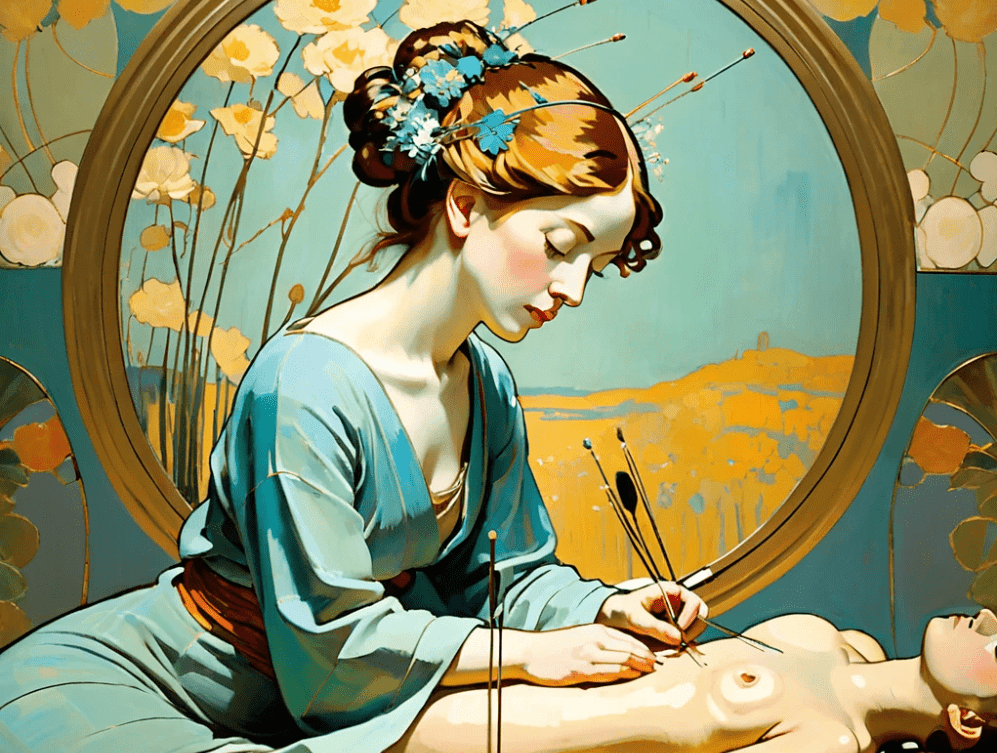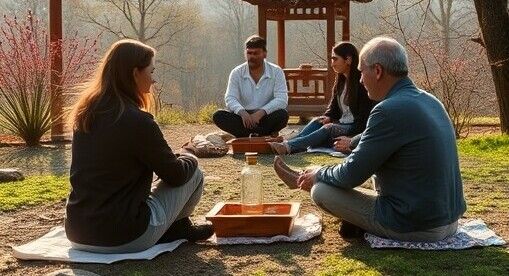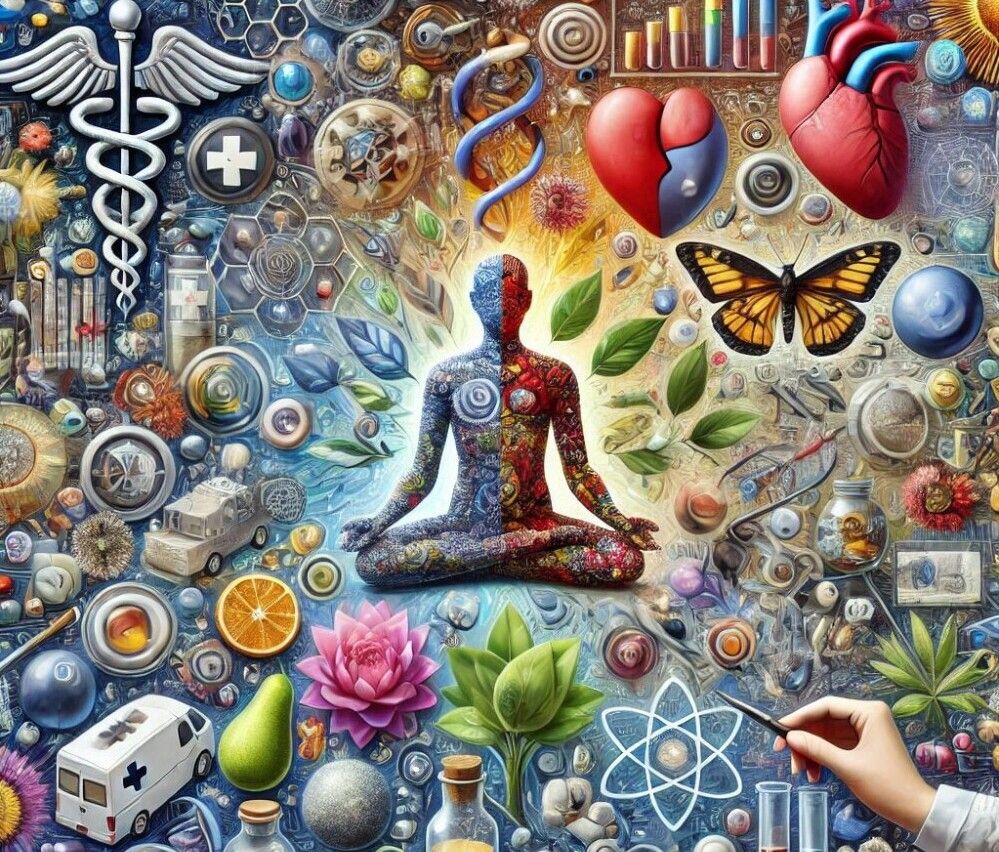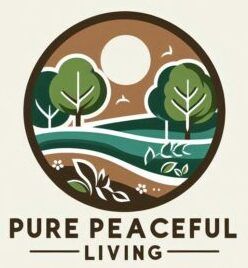
Traditional Chinese Medicine, or TCM, has a rich history that stretches well over 2,000 years, intertwining deeply with Chinese culture and philosophy. It’s a holistic approach that views the body as an interconnected system rather than isolated parts, which feels quite refreshing in today’s world of hyper-specialized healthcare.
Now, what does TCM look like today? Well, it’s pretty fascinating because its essence has remained timeless, yet it’s adapted to fit our modern lives. From bustling cities to quiet countryside clinics around the globe, people are sipping herbal teas and practicing Tai Chi, a gentle form of exercise that’s like meditation in motion. Its popularity isn’t just limited to China anymore.
Acupuncture is another quintessential example. Picture a serene space with carefully placed needles that help manage everything from stress and anxiety to chronic pain. People are absolutely loving it because it’s non-invasive and seems to tap into that natural healing energy.A great book easy to read and understand these processors is The Art of Shen Ku: The First Intergalactic Artform of the Entire Universe it is broken down into four books in one, you will fine Acupressure in the second book.

Chinese medicine cabinets are also gaining fame. Ingredients like Ginseng, known for boosting energy and increasing resistance to stress, are becoming household names. Then there’s Dang Gui, hailed for benefiting women’s health, and Chinese Skull Cap, a staple for its anti-inflammatory properties. Their traditional uses are finding new life as they make their way into supplements and everyday health routines.
For those starting to explore this world of ancient wisdom mingled with today’s hustle and bustle, it might feel like opening a treasure trove of wellness tips. The beauty of TCM lies in its adaptability, blending tradition with modern needs, offering insights into living balanced and healthier lives. Chinese Herbal Cream – Natural Relief for Skin Issues
Bridging Tradition and Innovation: TCM and Modern Medicine

Traditional Chinese Medicine and modern medicine, while distinct, often complement each other in ways that enhance patient outcomes. The combination of these two can create a more comprehensive health strategy that leverages the strengths of each.
Integrating TCM with modern medical practices happens in various settings, from hospitals to clinics, where doctors use acupuncture alongside conventional treatments for conditions like chronic pain and anxiety. These integration strategies aren’t about replacing one with the other, but rather creating a synergy that maximizes patient care.
Cultural exchanges between the East and the West have dramatically impacted medicine. They’ve spurred innovative thinking, leading to new hybrid treatments that draw on the best of both worlds. Imagine incorporating mindfulness techniques from TCM into stress management protocols in Western clinics. Exciting, right?
There are plenty of case studies highlighting these successes. Patients who have undergone surgeries might find relief through acupuncture for post-operative pain management, demonstrating the tangible benefits of merging these medical approaches.
Despite TCM’s growing popularity, skepticism still exists. Some folks worry about “unscientific” methods muddying the waters of evidence-based medicine. However, ample research is ongoing, aiming to demystify TCM and present its practices in a language modern medicine respects and understands.
The challenge lies in overcoming myths and misconceptions. TCM isn’t about opposing modern medicine but adding an extra layer of prevention and care. By educating ourselves and seeking practitioners who appreciate both systems, we can enjoy the benefits of a truly integrated approach to health.
Contributions of Chinese Medicine to Global Healthcare

Chinese medicine has offered some pretty groundbreaking contributions to healthcare that have shaped the way we look at medicine today. Take, for example, the introduction of herbal medicine. This was a game changer, introducing the idea that plants could not just spice up a meal but actually serve as a powerful foundation for treatment. Oversea Thousand-Year Herbal Cream Chinese Herbal Eczema, Psoriasis Creams Dermatitis and Eczema Pruritus Psoriasis JIULIN Ointment
China has also been a leader in innovative research. Some of the most remarkable studies come from Chinese scientists pushing the boundaries in fields like pharmacology and immunology. Their work often serves as a bridge, helping to merge traditional practices with modern techniques by providing critical scientific backing to time-honored remedies.
Acupuncture, something so deeply rooted in Chinese medical tradition, has earned its place in modern pain management techniques around the world. It’s not uncommon to find it being recommended in contemporary healthcare settings for those dealing with chronic pain or who favor non-drug alternatives.
Beyond specific practices, TCM has carved a niche in holistic and preventive medicine approaches. This is where the real magic happens—when medicine isn’t just about fixing what’s broken but nurturing overall wellness to prevent issues to begin with. A lesson in looking not just at the disease but at the person as a whole. It’s a philosophy gaining traction globally. Bee Venom Comprehensive Cream, Skincare Treatment Cream
As we continue to learn and adapt, the influence of Chinese medicine serves as a reminder of the importance of keeping an open mind in healthcare. This openness enriches our understanding and often leads to the kind of innovation that benefits everyone.
Traditional vs. Modern Approaches: Unraveling the Differences

Exploring the differences between traditional Chinese medicine (TCM) and modern medicine reveals a fascinating tapestry of philosophies and practices, each with its unique strengths. TCM’s view of health is rooted in balance—harmony within the body and between the body and environment, focusing more on prevention than treatment.
In TCM, the emphasis is on personalization. Treatments are tailored to fit the individual’s unique body constitution and lifestyle, considering how various factors like diet and emotions impact health. It’s incredibly holistic, evaluating not just the symptoms but the underlying issues that might cause them.
Modern Chinese medicine, on the other hand, often aligns more closely with Western medical standards, relying heavily on scientific research and clinical trials to inform treatments. It’s analytical, focusing on diagnosing diseases and finding solutions that can be universally applied using technologies and pharmaceuticals. Guang Ci Tang Active Herb – Jia Wei Xiao Yao Wan
There’s no need to choose one over the other. Each has lifted healthcare to new heights, offering distinct advantages. TCM shines in preventive care and addressing chronic concerns gently over time, while modern medicine excels in acute care with advanced procedures and rapid interventions.
As we move forward, the future likely holds even more blended approaches. Learning to appreciate and incorporate elements from both traditional and modern medicine could lead to a more effective healthcare system—one that treats illness but also fosters long-term health and well-being. Navigating this integration involves curiosity and an openness to what each can offer, guiding you through a more comprehensive health journey.

